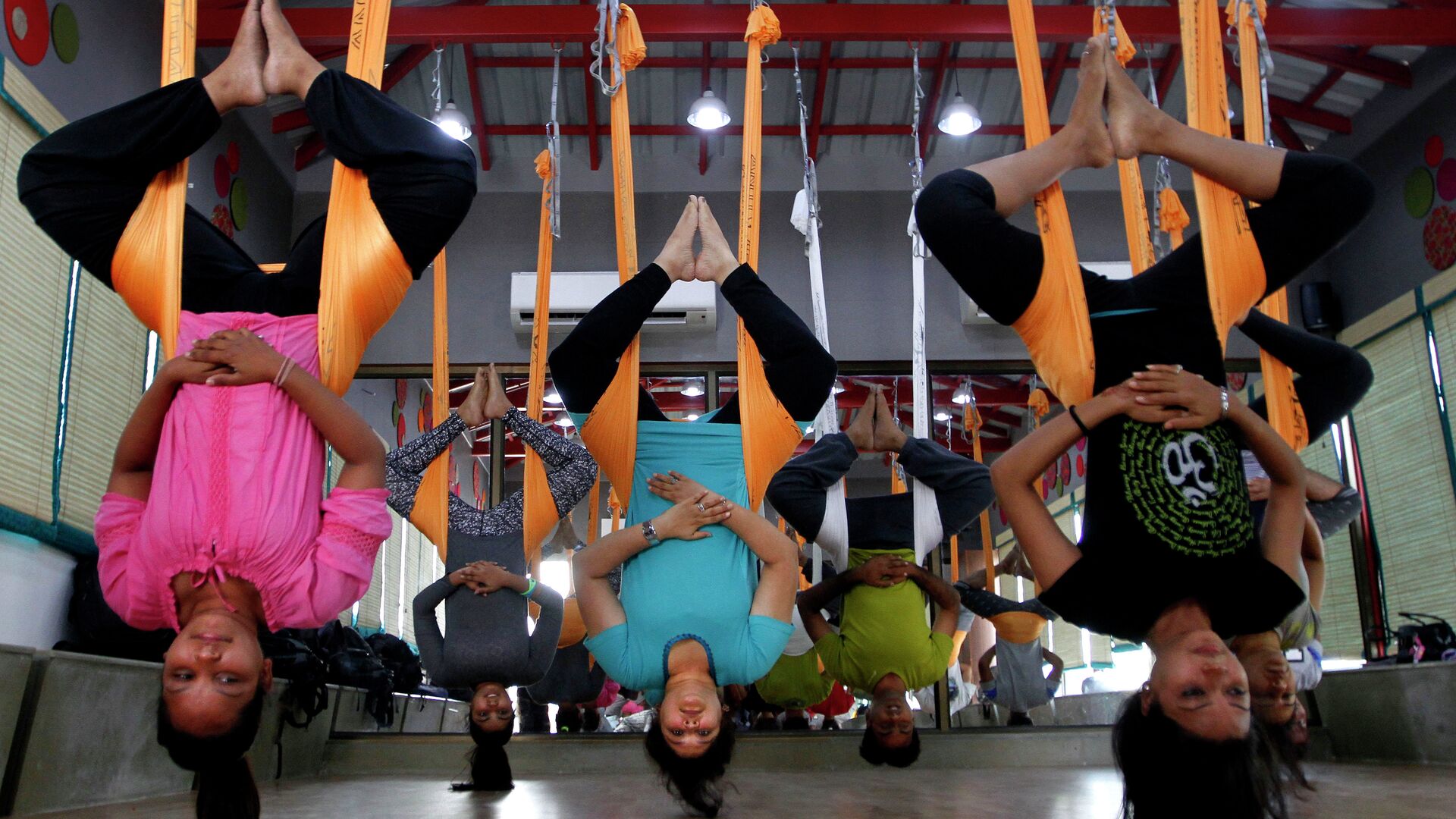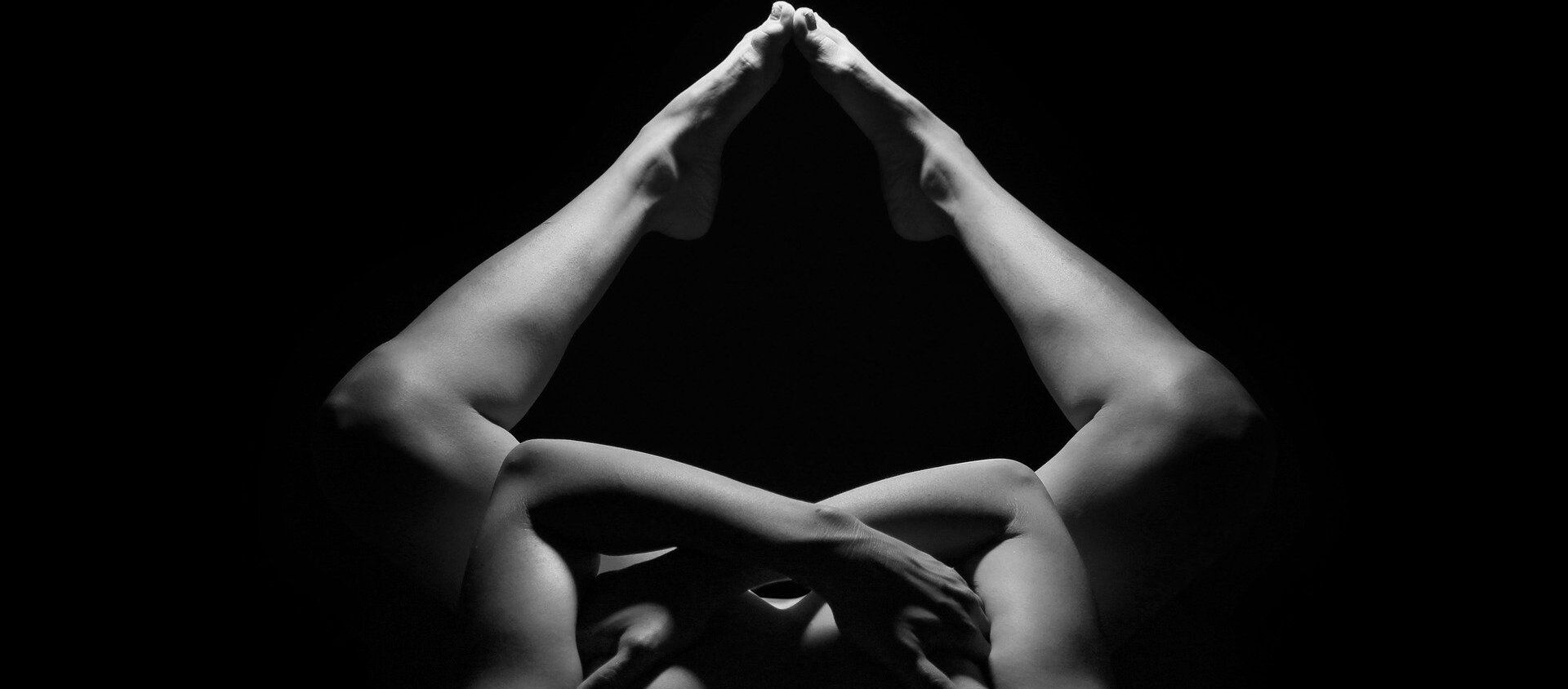Yoga, an ancient physical, mental, and spiritual practice that originated in India is now garnering renewed appeal as a proven tool for well-being, especially among Indian millennials.
"With the onset of the pandemic, work from home and lack of movement have made all kinds of online fitness solutions popular. Lack of availability of fitness equipment forced people to take up the next best available option, yoga was that option. Also, the millennials are adopting Asana (name for the poses or postures in yoga) that helps them to keep up the challenge and gain great flexibility and strength", Mita Vinay, yoga teacher and founder of Bodhsara told Sputnik.
According to media reports, India has experienced a major surge in Fitbit users (241 percent) who've now started using meditation, pilates, and yoga, making them the most popular activities amid the coronavirus pandemic.
Moreover, experts also stressed that millennials are conscious about their eating habits and appearance. Per a report by Yoga Alliance, globally, 23 percent of yoga practitioners are in the 30-39 age bracket and 20 percent are 40-49 years of age. Additionally, young adults between the ages of 18 and 29 make up 19 percent of yoga practitioners.
"They prefer toned muscles and a good physique. The benefit of yoga is that it can be practiced anywhere and anytime even with a smartphone in hand. While performing yoga asanas, our body releases serotonin and oxytocin that brings a feeling of happiness and contentment for an individual", Dr Aafrin Shabbir, Senior Consultant - Internal Medicine, Gleneagles Global Health City, Chennai told Sputnik.
Dr Shabbir also said that yoga gives clarity of thought and relaxes one's mind, de-stresses and helps one balance their life, improves flexibility and helps in concentration, corrects one's posture, as well as enhances good sleep.
"As we all are aware, yoga enhances immunity, hence, it is extremely crucial in these tough times. Breathing exercises improve lung function and clear sinuses, which helps in building lung capacity and strength. Yoga asanas help in reducing muscle pain and tiredness while easing out stress. Thus, practicing yoga during the pandemic can be beneficial in many ways", Dr Shabbir said.
Sarvesh Shashi, the founder of SARVA who has been practicing yoga for the last 17 years, told Sputnik that the pandemic has forced everyone to rethink the importance of their fitness.
"When we didn't have the opportunity to exercise in studios/gyms, when work took over and became overwhelming we realised how much physical activity meant to us and what was the importance of it. When we couldn't interact with others and began to feel lonely, anxious, and other feelings of fear and confusion is when we realised that our mental health was deteriorating. Yoga offers a solution to all of this. It's like all of the benefits rolled into one, the benefits of physical wellness and mental wellness both put together in one single powerful practice", Shashi told Sputnik.
"I have not been able to go to the gym regularly throughout this pandemic and after a point, you just can't keep ignoring your health. Initially, it took me a while to get the hang of the asanas but once I got it, there was no turning back. It gives peace and releases all the stress. It has become a part of my life now", Arun, a software analyst at Capgemini, told Sputnik.
Most millennials are now aware that yoga is the best way to deal with the stress and expectations of the sedentary lifestyle that they lead. In fact, whether it is Surya Namaskar or anulomvilom, yoga can be done anywhere, anytime, one can do chair yoga while working, which makes it the best choice for millennials.







